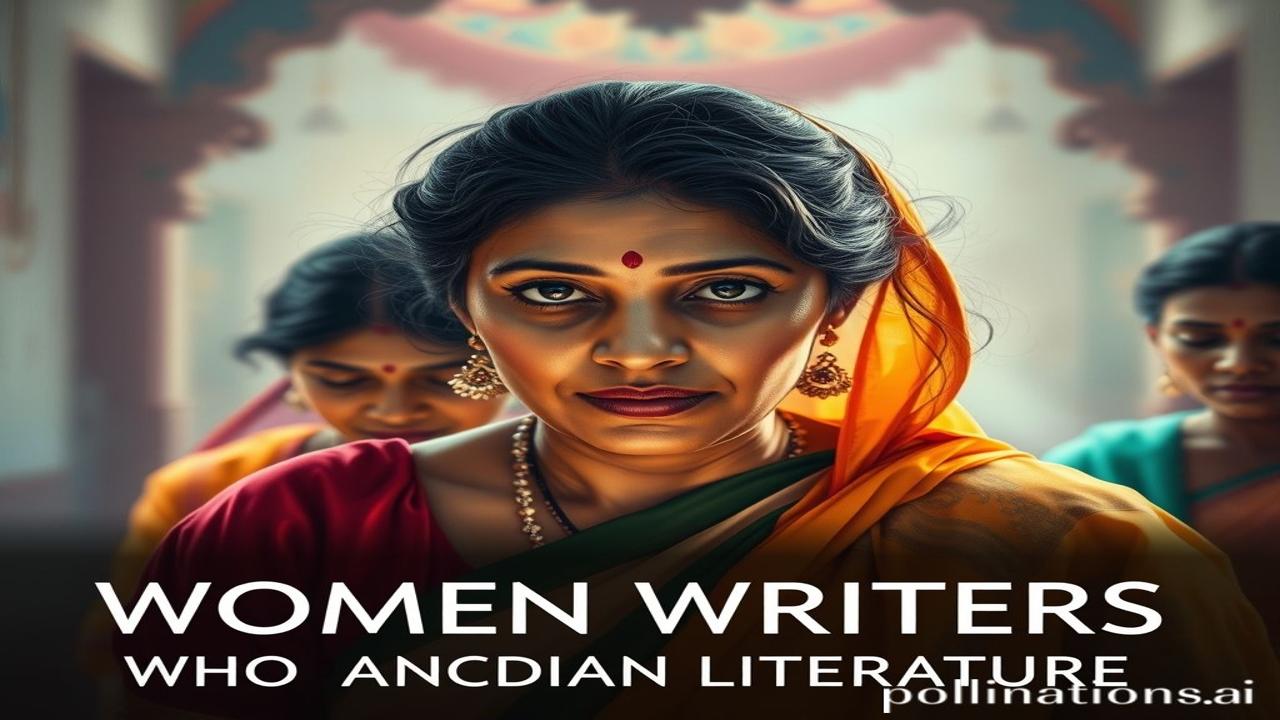Chandni Raat Aur Deviyon Ka Aashirwad: Exploring Women-Specific Festivals Across India
Kabhi socha hai, aisi kaunsi raat hogi jahan chandni bhi shyama pad jaye, devi shringar mein magn ho, aur hawa mein meethi si prarthana ki sugandh ho? Imagine a cool breeze carrying the scent of jasmine and sandalwood, mingling with the rhythmic chanting of mantras. This, my friends, is the feeling that permeates many women-specific festivals across India – a celebration of Shakti, of the divine feminine, and of the unwavering spirit of womanhood. Come, let’s wander through the vibrant tapestry of these unique celebrations.
Kya Hai Yeh, Kab Shuru Hua, Aur Kyon Zaruri Hai? / What, When, and Why?
India, a land of diverse cultures and traditions, is also a land deeply rooted in its veneration of the feminine divine. Women-specific festivals are a testament to this reverence. These festivals, often ancient in origin, celebrate different aspects of womanhood – fertility, motherhood, strength, and wisdom. While precise dates of origin are often lost in the mists of time, many can be traced back to ancient scriptures and local folklore.
These aren’t just religious events; they are interwoven with the fabric of our society. They provide spaces for women to connect, share experiences, and reaffirm their identities. They’re a reminder of the indispensable role women play in our families, communities, and the nation itself. They are a vital part of our dharohar – our heritage.
Examples include:
- Teej: Celebrated primarily in Rajasthan, Haryana, and Uttar Pradesh during the monsoon season. It honors Goddess Parvati and her reunion with Lord Shiva.
- Attukal Pongala (Kerala): One of the largest gatherings of women in the world, where millions of women prepare Pongala (a sweet rice dish) and offer it to the Attukal Devi.
- Raja Parba (Odisha): A unique three-day festival celebrating womanhood and fertility, symbolizing the earth’s menstruation.
- Ganga Puja (Bengal): Many villages celebrate the revered River Ganga with special pujas solely by the women of the villages.
Zamini Sach: Log Aur Jeevan / The Human Element
Let’s imagine a scene from a village in Rajasthan during Teej. “Ma, kya mai mehndi lagau?” asks little Priya, her eyes shining with excitement. “Haan, beta, aur kal hum gangaur ki sawari bhi dekhenge!” replies her mother, carefully grinding henna leaves with a stone mortar. The air is filled with the aroma of freshly fried ghevar and the sounds of women singing traditional Teej songs.
Meanwhile, in Kerala, thousands of women dressed in white sarees gather at the Attukal Temple. The atmosphere is electric with devotion. They patiently cook Pongala in earthen pots, offering it to the Goddess, their faces etched with hope and faith. “Amme, eniku shakti thanne (Mother, give me strength),” whispers a young woman, her eyes closed in prayer.
In Odisha, during Raja Parba, young girls adorned in new clothes swing on makeshift swings. They enjoy playing traditional games and savor pitha (rice cakes). It’s a time of joyous celebration, a break from their daily routines, and a reaffirmation of their womanhood. Every year, the old ladies share stories of how their mothers and grandmothers celebrated Raja, perpetuating the tradition.
Dharohar Aur Pehchan: Cultural Significance Today
Even in today’s rapidly changing world, these women-specific festivals hold immense cultural significance. They are living traditions, passed down through generations, connecting us to our roots. They are not just rituals; they are expressions of Bharatiyata – of our unique Indian identity.
We see their presence in the vibrant colors of the clothing, the intricate designs of the jewelry, the soulful melodies of the folk songs, and the unwavering faith in the divine feminine. These festivals remind us of the strength, resilience, and nurturing spirit that defines Indian womanhood. They are a celebration of our shared heritage and a reaffirmation of our cultural values.
Mazedar Tathya Ya Bhram-Bhanjak / Fun Fact or Myth-Buster
Myth Buster: Log samajhte hain ki yeh festivals sirf gaon mein hi manaye jaate hain. Lekin asli sach yeh hai that even in urban centers, women enthusiastically participate in these festivals, often organizing community events and adapting the traditions to suit modern lifestyles. The core values and essence remain the same, regardless of the location.
Another interesting fact: Attukal Pongala once got recognized as one of the largest all-women gatherings in the Guinness Book of World Records, showcasing the immense power and devotion of women.
Drishya Aur Bhavnaye / Visual & Sensory Layer
Imagine the scene: The air smells of earth after the first monsoon rain, mixed with the sweet fragrance of flowers and incense. The sounds of dhol and nagara fill the air, resonating with the beat of the women’s hearts. The temple walls, adorned with intricate carvings, feel cool to the touch. The colors of the sarees – vibrant reds, greens, and yellows – create a kaleidoscope of beauty. You can almost taste the sweetness of the Pongala, the savory spices of the pitha, and the refreshing coolness of the lassi. This is the India of traditions, a land where every sense is awakened and every heart is filled with joy.
Antim Vichar Ya Uddharan / Closing Insight or Quote
These women-specific festivals are a powerful reminder that the divine feminine is not just a concept; it is a living force that shapes our world. They are a testament to the strength, resilience, and beauty of Indian womanhood.
As the ancient Sanskrit shloka says:
यत्र नार्यस्तु पूज्यन्ते रमन्ते तत्र देवताः ।
यत्रैतास्तु न पूज्यन्ते सर्वास्तत्राफलाः क्रियाः ॥
(Yatra nāryastu pūjyante ramante tatra devatāḥ.
Yatraitāstu na pūjyante sarvāstatrāphalāḥ kriyāḥ ॥)
(Where women are honored, there the gods rejoice; but where they are not honored, no sacred rite bears any fruit.)
Let us celebrate the spirit of these festivals, not just as rituals, but as a reminder to honor and respect women every day. After all, they are the wellspring of life, the embodiment of Shakti, and the keepers of our cultural heritage.
